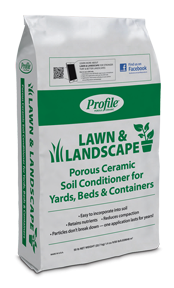

In the second diagram, the total heads are different. The difference in pore pressure isĮntirely due to the difference in altitude of the two points and the pore water has no tendency to flow. In the first diagram, the total heads are equal. In each diagram there are two points, a small distance Ds apart, The hydraulic gradient is the rate of change of total head along the direction of flow. It is differences in total head that are important. The height above the datum of the water level in the standpipeįlow of pore water in soils is driven from positions of higher total head towards positions of lower total head. Head (h z) of a point is its height above theĭatum line. A heightĭatum is required from which locations are measured. Points, we need to eliminate the effect of the points' position. To identify significant differences in pore pressure at different The water column is the pressure head (h w) Pore pressures are often indicated in this way on diagrams. Measured by the height of water in a standpipe located at that point. Pore water pressure Elevation, pressure and total head In Internet Explorer is also appears as a popup label The description appears in the status bar when the mouse is held over a layer. Or localised seepage and therefore may not be in hydrostatic equilibrium.Ĭlick on a soil layer to display a description Pore pressure conditions below perched water tables may be affected by local infiltration of rainwater Of in-situ pore pressure distributions can arise. Pore pressure with depth may not be exclusivelyly linear.ĭetection of perched water tables during site investigation is important, otherwise erroneous estimates clays) one or more perched water tables may develop and the overall distribution of Where the ground contains layers of permeable soil (e.g. Hydrostatic water pressure increases linearly with depth. Will therefore be present in the soil between the ground surface and the water table.Ĭonsequently, pore pressures above the water table can usually be ignored.

In coarse-grained soils, water will drain from the pores and air Water table Coarse-grained soils Below the water table the soil can be considered to be saturated. Pressures above the water table is called the capillary rise.

The height to which the soil remains saturated with negative pore Is taking place from the surface, saturation with capillary water may not Where the water table is deeper, or where evaporation If the water table is at depth d w then the pore pressure at the ground surface So the pore pressure above the water table will be negative. It is reasonable to assume that the pore pressure varies linearly with depth, Surface tension effects can cause capillary water This is called a hydrostatic pressure condition. When there is no flow, the water surface will be at exactly the same level in any stand pipe placed in the ground below the water table. The level in the ground at which the pore pressure is zero (equal to atmospheric) is defined as the water table or phreatic surface. There is no flow, the pore pressure at depth d It is measured relative to atmospheric pressure. This pressure is the pore water pressure or pore pressure u. In general, the water in the voids of an element of saturated soil will be under pressure, either due to the physical location of the soil or as a result of external forces. By Prof. David Muir Wood, Bristol University


 0 kommentar(er)
0 kommentar(er)
